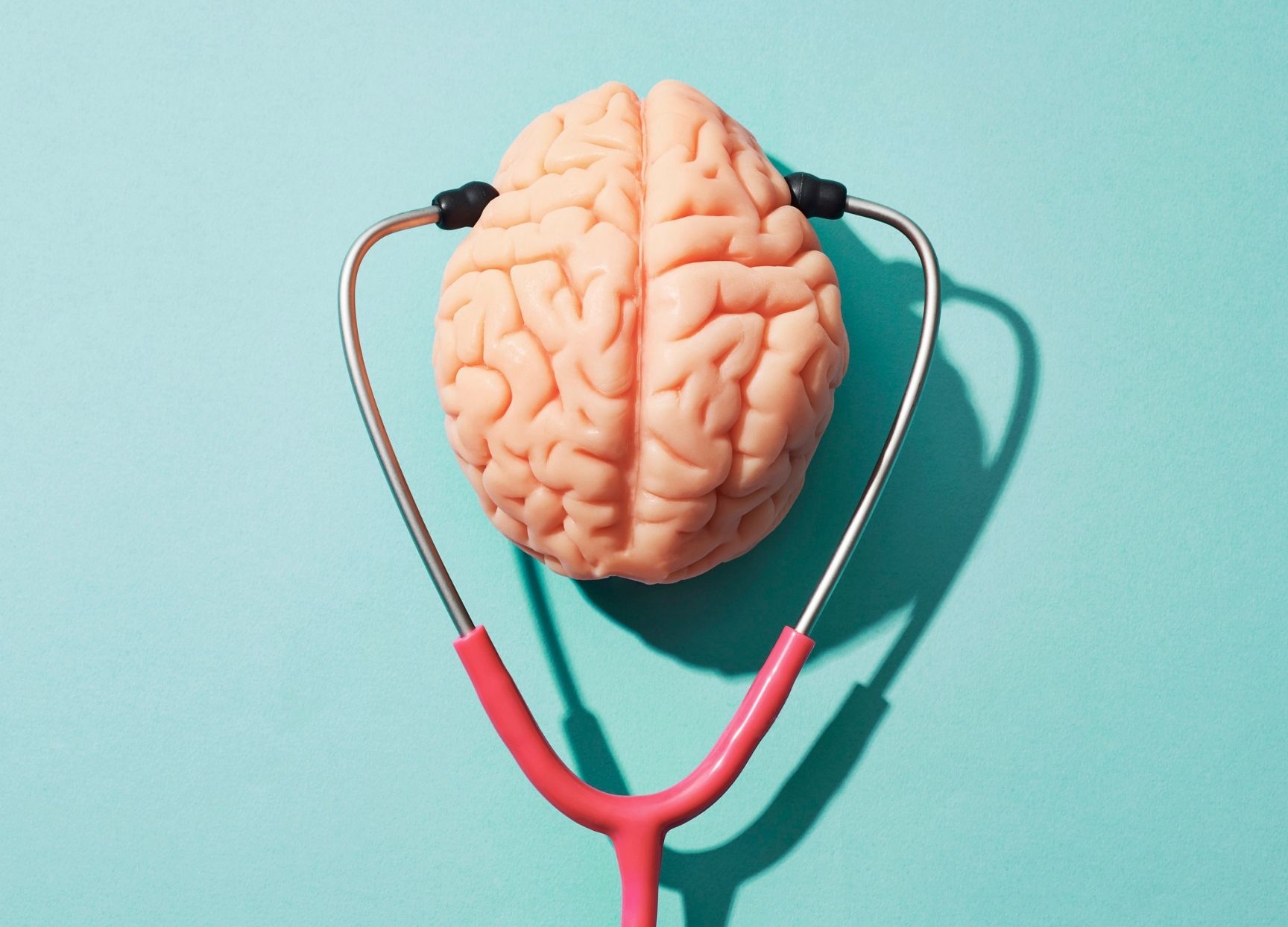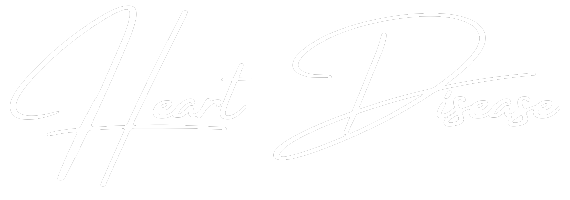
The relationship between clinical depression and cardiovascular disease (CVD) is one of the most compelling and clinically critical areas in contemporary medical research, transcending a simple co-occurrence. It is an intricate, bidirectional pathology where the presence of one dramatically amplifies the risk, severity, and prognosis of the other, forming a relentless negative feedback loop within the patient’s physiology. For decades, the emotional distress of depression was viewed as a psychological consequence of facing a serious physical illness like a heart attack, but emerging data paints a much darker picture: major depressive disorder (MDD) is, itself, a significant, independent risk factor for the development of heart disease, operating through complex neurobiological and behavioral pathways. Individuals struggling with persistent melancholy, anhedonia, and feelings of worthlessness face a substantially increased likelihood of experiencing an acute cardiac event or developing chronic conditions like congestive heart failure or coronary artery disease (CAD). Conversely, the sheer stress and physical impact of surviving a myocardial infarction or undergoing cardiac surgery can precipitate or worsen a depressive episode, entrapping the patient in a cycle of worsening health outcomes and reduced quality of life.
Major Depressive Disorder (MDD) Is, Itself, a Significant, Independent Risk Factor for the Development of Heart Disease
Major depressive disorder (MDD) is, itself, a significant, independent risk factor
One of the most insidious ways depression undermines the heart is through the profound disruption of the body’s autonomic nervous system (ANS) balance. The ANS, which controls involuntary functions like heart rate, breathing, and digestion, operates via two branches: the sympathetic nervous system (the “fight or flight” response) and the parasympathetic nervous system (the “rest and digest” function). In individuals suffering from clinical depression, there is a measurable state of sympathetic overdrive coupled with a withdrawal of parasympathetic tone. This chronic imbalance keeps the body in a state of high alert, leading to persistent tachycardia (increased resting heart rate) and heightened blood pressure variability. A critical measure of heart health, heart rate variability (HRV)—the natural, healthy fluctuation in the time interval between successive heartbeats—is significantly reduced in depressed patients. Reduced HRV signals a rigid, less adaptable heart, making it more vulnerable to dangerous arrhythmias, particularly immediately following an ischemic event, and is strongly associated with higher mortality rates in post-MI patients.
A Critical Measure of Heart Health, Heart Rate Variability (HRV)—The Natural, Healthy Fluctuation in the Time Interval Between Successive Heartbeats—Is Significantly Reduced in Depressed Patients
A critical measure of heart health, heart rate variability (HRV)
Beyond the nervous system, depression initiates a cascade of pro-inflammatory and pro-thrombotic changes that directly damage the vascular endothelium and accelerate atherosclerosis. Chronic emotional stress associated with MDD elevates circulating levels of pro-inflammatory cytokines such as Interleukin-6 (IL-6) and C-reactive protein (CRP). This sustained, low-grade inflammation is not just a marker of depression; it actively promotes the adherence of white blood cells to the inner lining of the arteries, facilitating the formation of atherosclerotic plaque and contributing to the hardening and narrowing of blood vessels. Simultaneously, the persistent stress response driven by the Hypothalamic-Pituitary-Adrenal (HPA) axis hyperactivity releases excess cortisol, which further modulates immune function and drives insulin resistance, another powerful accelerator of vascular damage. Moreover, studies show that depressed patients exhibit higher levels of platelet activation and aggregation, making their blood stickier and increasing the likelihood of a thrombus forming, which can fatally occlude a coronary artery.
Chronic Emotional Stress Associated With MDD Elevates Circulating Levels of Pro-Inflammatory Cytokines Such As Interleukin-6 (IL-6) and C-Reactive Protein (CRP)
Chronic emotional stress associated with MDD elevates circulating levels of pro-inflammatory cytokines
The influence of depression is equally detrimental via its profound negative impact on health-related behaviors. Individuals grappling with the profound fatigue, lack of motivation, and anhedonia characteristic of MDD are far less likely to adhere to lifestyle choices essential for cardiovascular prevention and recovery. This includes a significant decrease in physical activity, leading to a more sedentary existence that directly correlates with weight gain, dyslipidemia, and higher blood pressure. Dietary habits often deteriorate, shifting towards calorie-dense, nutrient-poor comfort foods high in saturated fats and refined sugars, further accelerating metabolic dysfunction. Furthermore, the correlation between depression and higher rates of smoking and excessive alcohol consumption is well-documented, both of which are independent and potent toxins to the cardiovascular system. This self-sabotaging constellation of behaviors creates a fertile ground for the development and rapid progression of CAD, essentially transforming a psychological illness into a physically lethal condition.
Individuals Grappling With the Profound Fatigue, Lack of Motivation, and Anhedonia Characteristic of MDD Are Far Less Likely to Adhere to Lifestyle Choices Essential for Cardiovascular Prevention and Recovery
Individuals grappling with the profound fatigue, lack of motivation, and anhedonia characteristic of MDD
In patients who have already experienced a heart attack, the presence of post-MI depression is a particularly grave prognostic marker. Unlike general depression, post-MI depression is a distinct entity often marked by a severe sense of defeat, guilt, and fear, profoundly complicating rehabilitation. Depressed cardiac patients are demonstrably less likely to comply with prescribed medical regimens, including taking antiplatelet agents, beta-blockers, and statins, which are proven to save lives and prevent subsequent events. They are also less engaged in necessary cardiac rehabilitation programs, viewing the required exercise and dietary changes as insurmountable obstacles. The result is a dramatically increased rate of recurrent myocardial infarction and a higher risk of all-cause and cardiac mortality within the year following the initial event. Clinicians now widely recognize that treating the depression in these patients is as critical to their survival as administering the correct dosages of essential cardiac medications.
Depressed Cardiac Patients Are Demonstrably Less Likely to Comply With Prescribed Medical Regimens, Including Taking Antiplatelet Agents, Beta-Blockers, and Statins
Depressed cardiac patients are demonstrably less likely to comply with prescribed medical regimens
The recognition of this intertwined pathology has necessitated a major shift in clinical screening and integrated care models. Simply asking about mood during a routine cardiology check-up is no longer sufficient; aggressive, formalized screening for depression using validated tools like the Patient Health Questionnaire (PHQ-9) should be standard practice in all cardiac clinics and primary care settings. Given that primary care physicians often serve as the gatekeepers for mental health treatment, their role in identifying and initiating treatment for depression in at-risk or post-event cardiac patients is non-negotiable. The ideal management strategy involves a multidisciplinary approach—a seamless collaboration between the cardiologist, primary care physician, and mental health professional. This integrated model is crucial for preventing the psychological and physical deterioration that often occurs when these two serious conditions are managed in isolation, ensuring that therapeutic interventions address both the heart and the mind simultaneously.
Aggressive, Formalized Screening for Depression Using Validated Tools Like the Patient Health Questionnaire (PHQ-9) Should Be Standard Practice in All Cardiac Clinics
Aggressive, formalized screening for depression using validated tools like the Patient Health Questionnaire (PHQ-9)
When it comes to intervention, both pharmacological and psychological therapies have proven efficacy in improving both the mood and the cardiovascular risk profile of depressed cardiac patients. Selective Serotonin Reuptake Inhibitors (SSRIs), a common class of antidepressants, have shown to be generally safe and effective in the cardiac population, with some studies suggesting they may even offer a degree of cardioprotection possibly through their anti-inflammatory effects. However, careful consideration of potential drug-drug interactions with cardiac medications is essential. Concurrently, Cognitive Behavioral Therapy (CBT), a structured form of psychotherapy, is highly effective, not only by helping patients reframe negative thought patterns but also by improving their adherence to crucial self-care behaviors—exercise, diet, and medication compliance—which directly benefits cardiac outcomes. The most robust improvements are typically seen when a combination of medication and psychotherapy is utilized, creating synergistic effects that target both the neurochemical imbalances and the behavioral deficits.
Selective Serotonin Reuptake Inhibitors (SSRIs), a Common Class of Antidepressants, Have Shown to Be Generally Safe and Effective in the Cardiac Population
Selective Serotonin Reuptake Inhibitors (SSRIs), a common class of antidepressants, have shown to be generally safe and effective
The sheer magnitude of the problem demands a broader view toward preventative cardiology, recognizing that MDD in younger, ostensibly healthy individuals is a warning sign of future cardiac risk that should be addressed as aggressively as hypercholesterolemia or hypertension. Treating depression early, before it has had years to exert its chronic inflammatory and autonomic destabilizing effects, represents a significant opportunity for primary prevention of CVD. This perspective reframes depression not merely as a mental health concern, but as a systemic, vascular risk equivalent that warrants immediate and sustained attention. This involves encouraging lifestyle changes that are simultaneously beneficial for both conditions, such as structured aerobic exercise, which is a known mood elevator and a potent cardioprotective measure, and integrating nutritional strategies that target inflammation across both systems.
This Perspective Reframes Depression Not Merely As a Mental Health Concern, But As a Systemic, Vascular Risk Equivalent
This perspective reframes depression not merely as a mental health concern
Future research efforts are focused on refining our understanding of the specific genetic and biological biomarkers that predispose certain individuals to this dangerous comorbidity, allowing for more personalized and pre-emptive interventions. Identifying specific inflammatory phenotypes or unique patterns of neuroendocrine dysregulation in depressed patients who are at highest risk for an imminent cardiac event would allow clinicians to target their therapeutic efforts far more precisely than current broad-spectrum approaches permit. Furthermore, investigation into novel treatments, such as vagal nerve stimulation or specific anti-inflammatory agents, holds promise for directly addressing the underlying autonomic and inflammatory pathways that link the two conditions, potentially offering a way to break the cycle at a more fundamental physiological level, offering hope beyond the current standard of care.
Identifying Specific Inflammatory Phenotypes or Unique Patterns of Neuroendocrine Dysregulation in Depressed Patients Who Are at Highest Risk for an Imminent Cardiac Event
Identifying specific inflammatory phenotypes or unique patterns of neuroendocrine dysregulation
In conclusion, the intertwining of depression and heart disease is a reality that demands a unified clinical response. The time for treating the heart as separate from the mind is over; recognizing MDD as a cardiac risk equivalent is the essential first step toward integrated care that maximizes the chances of both physical and mental recovery. The physical weight of sorrow is a direct, measurable load on the myocardium.
